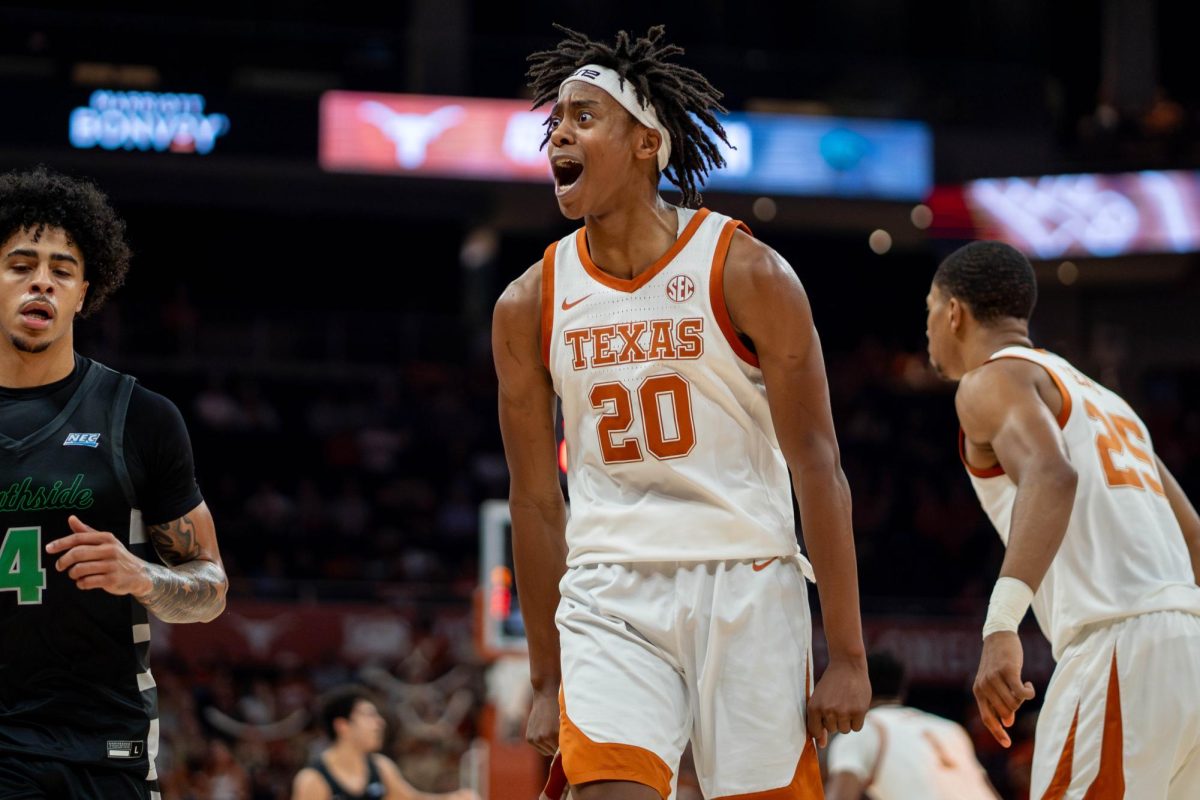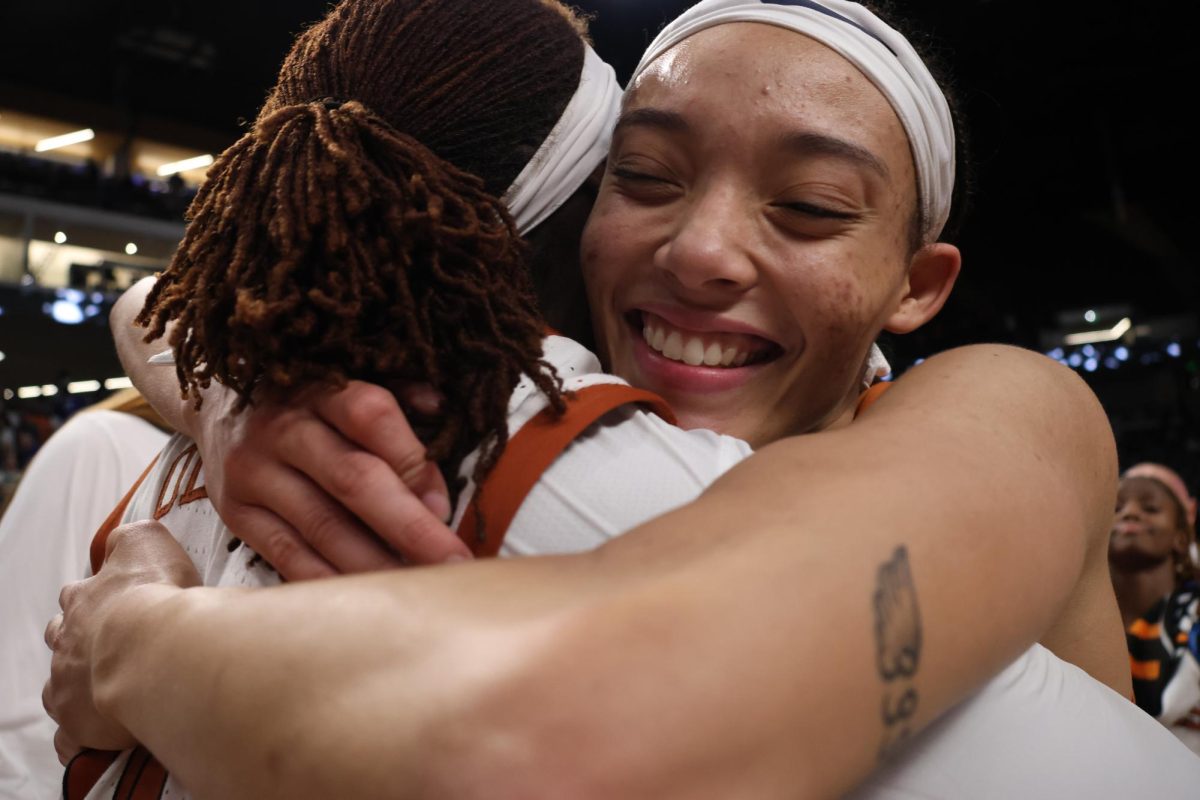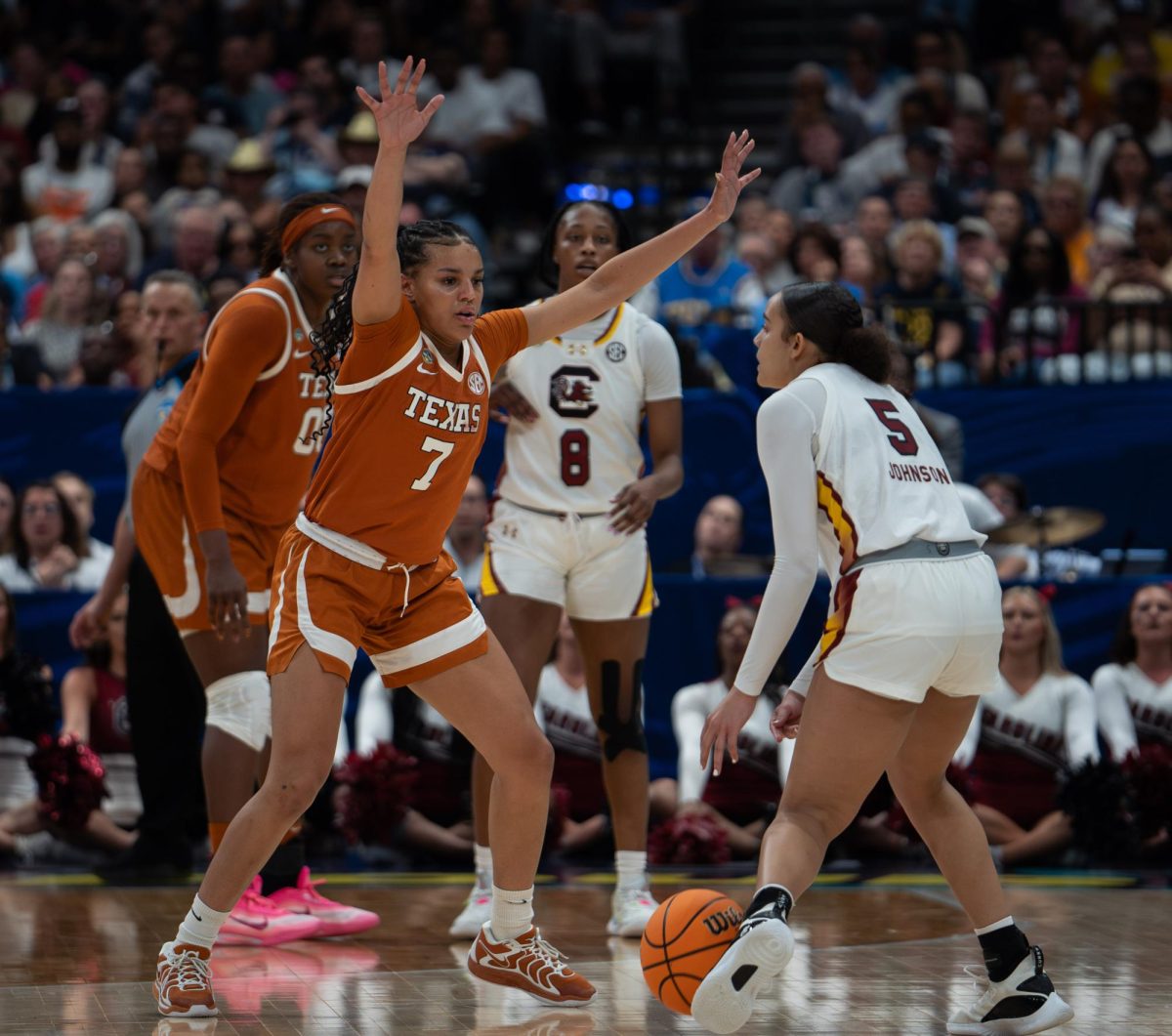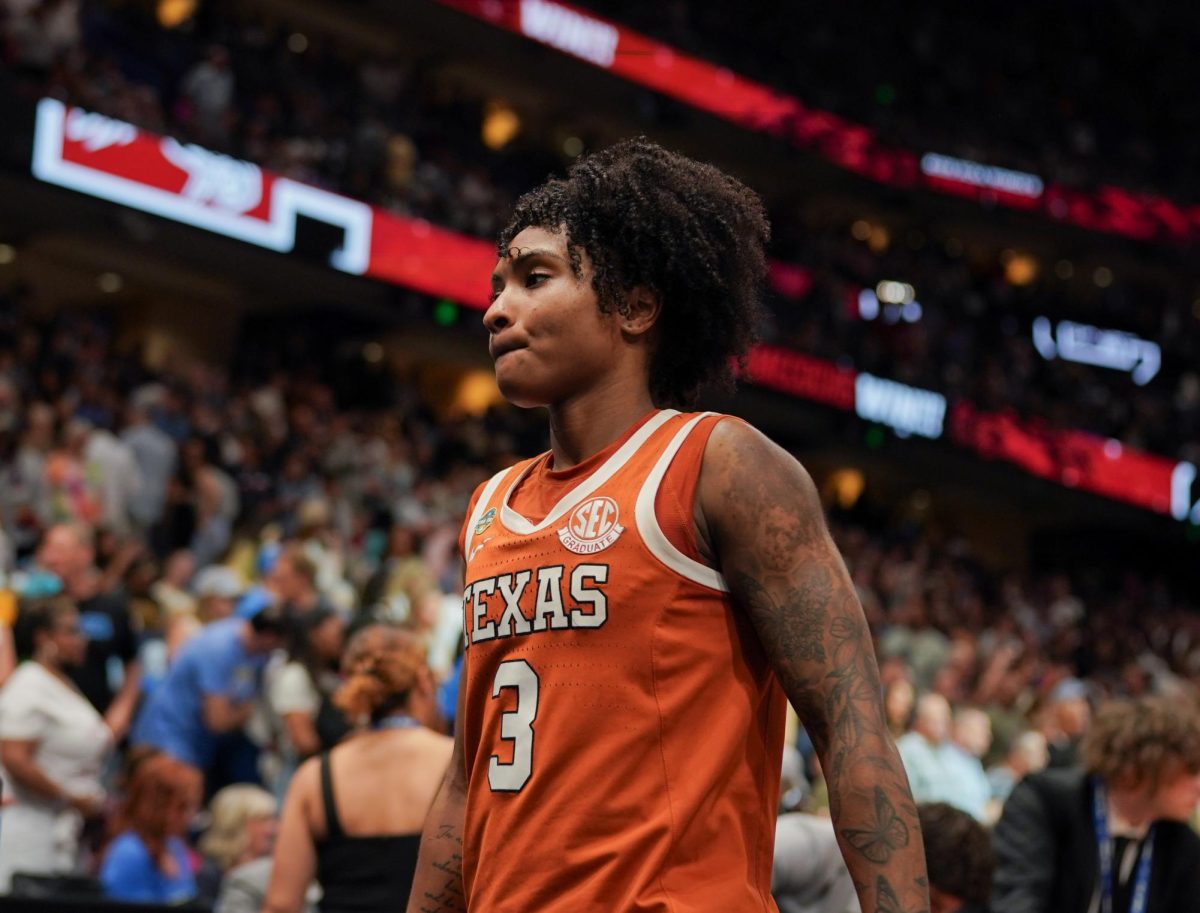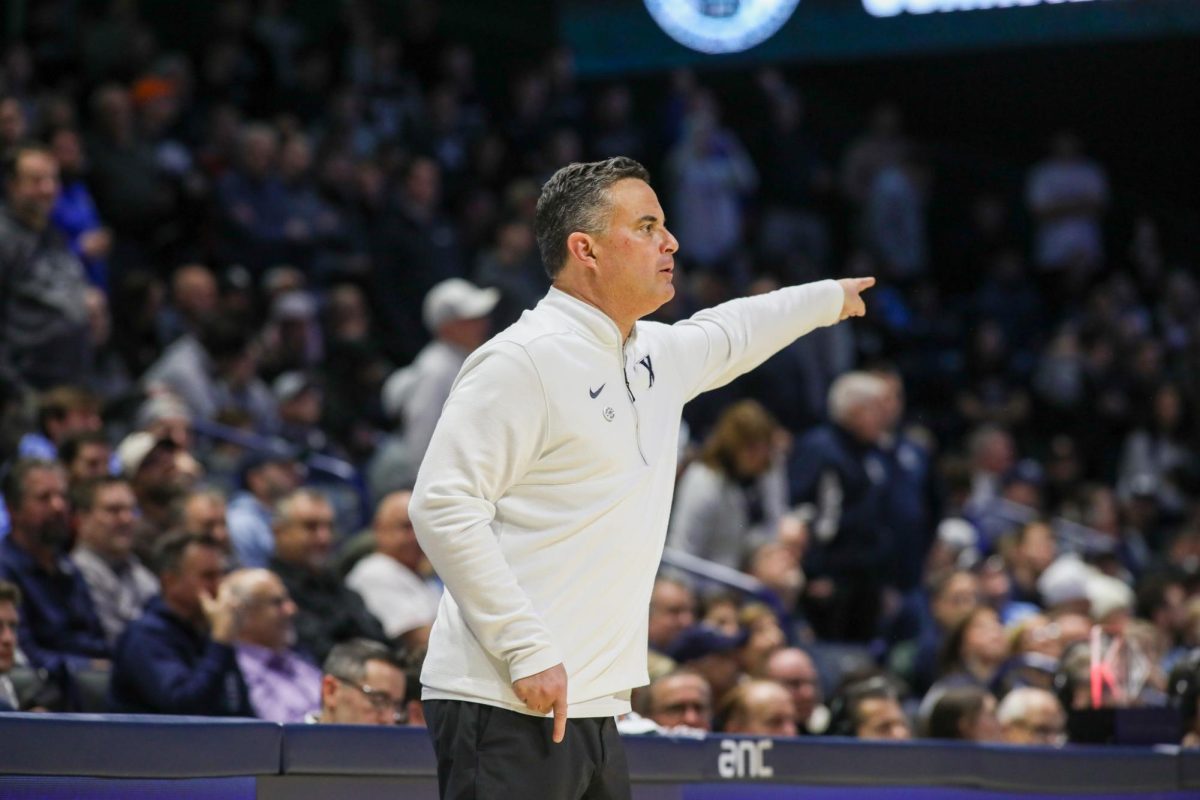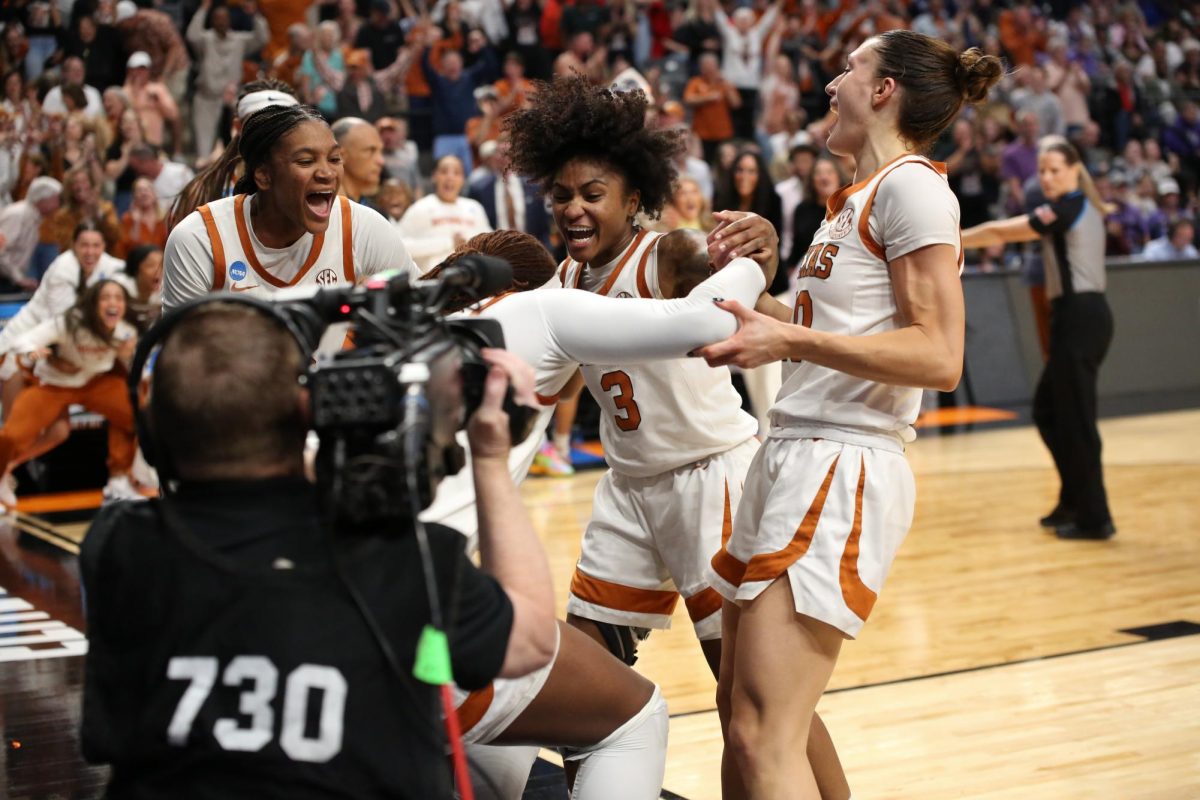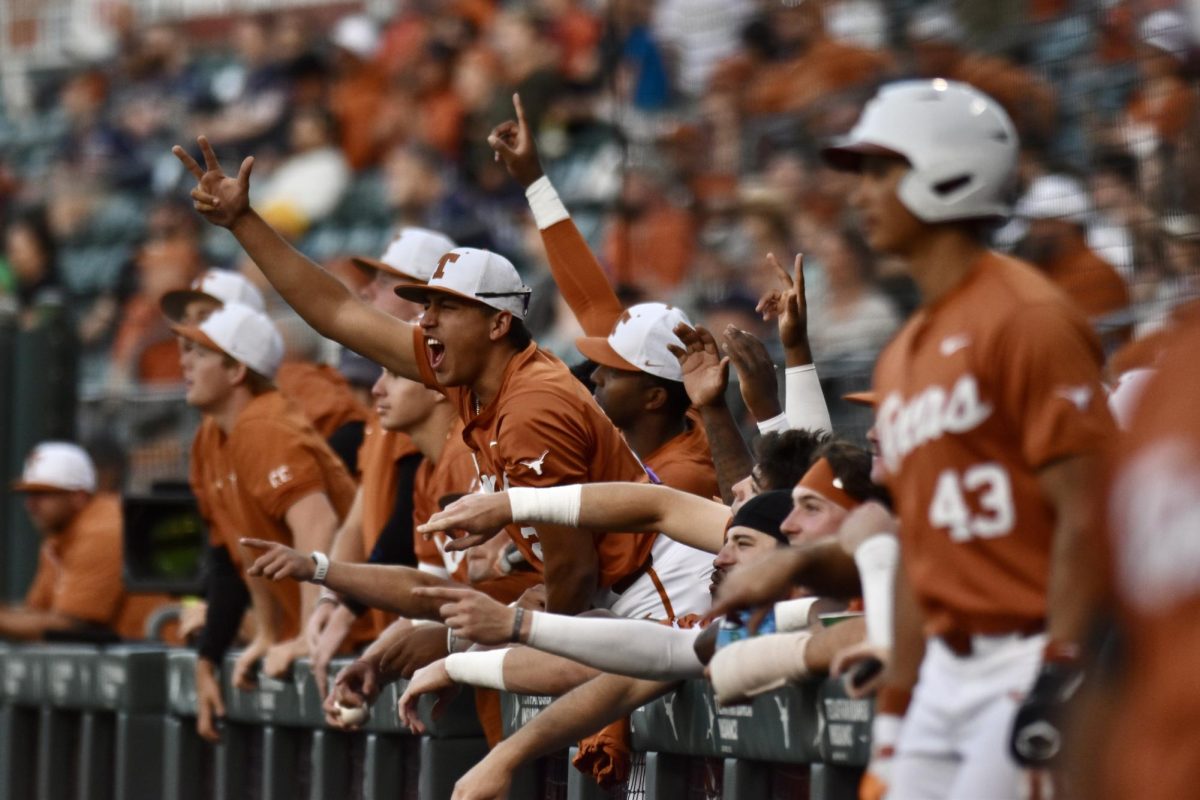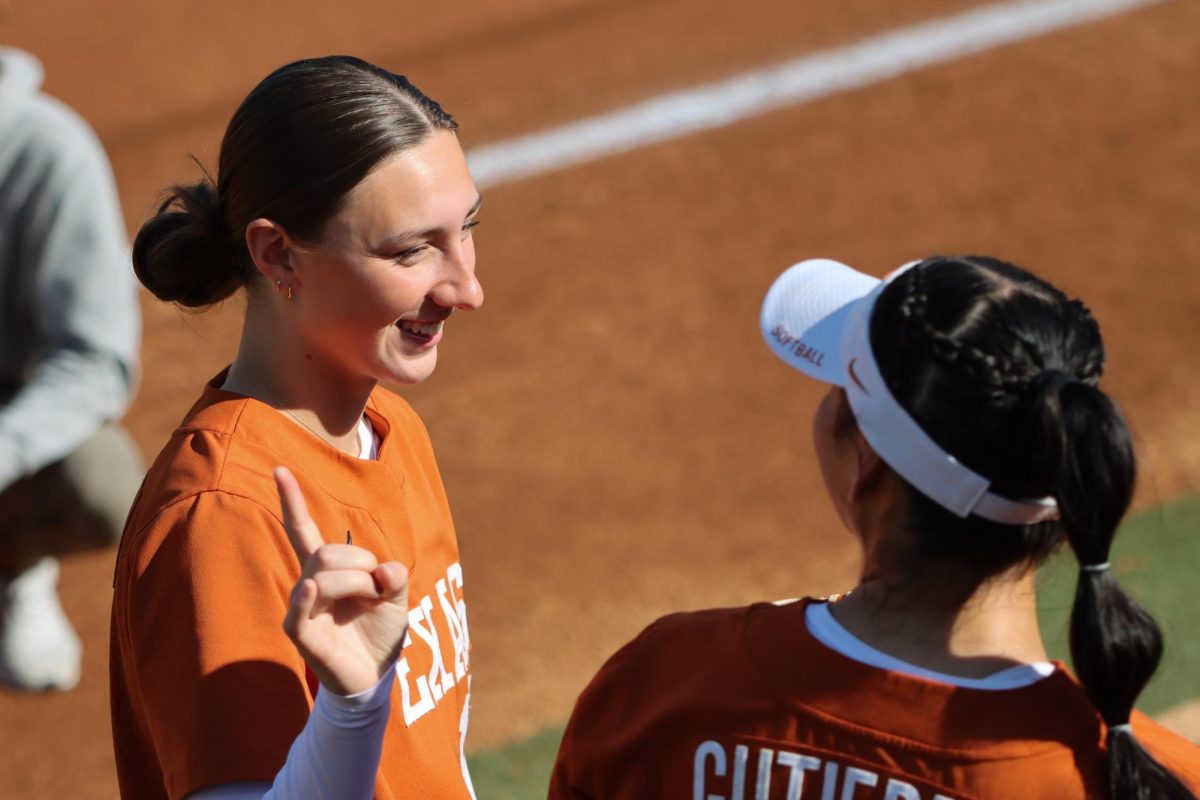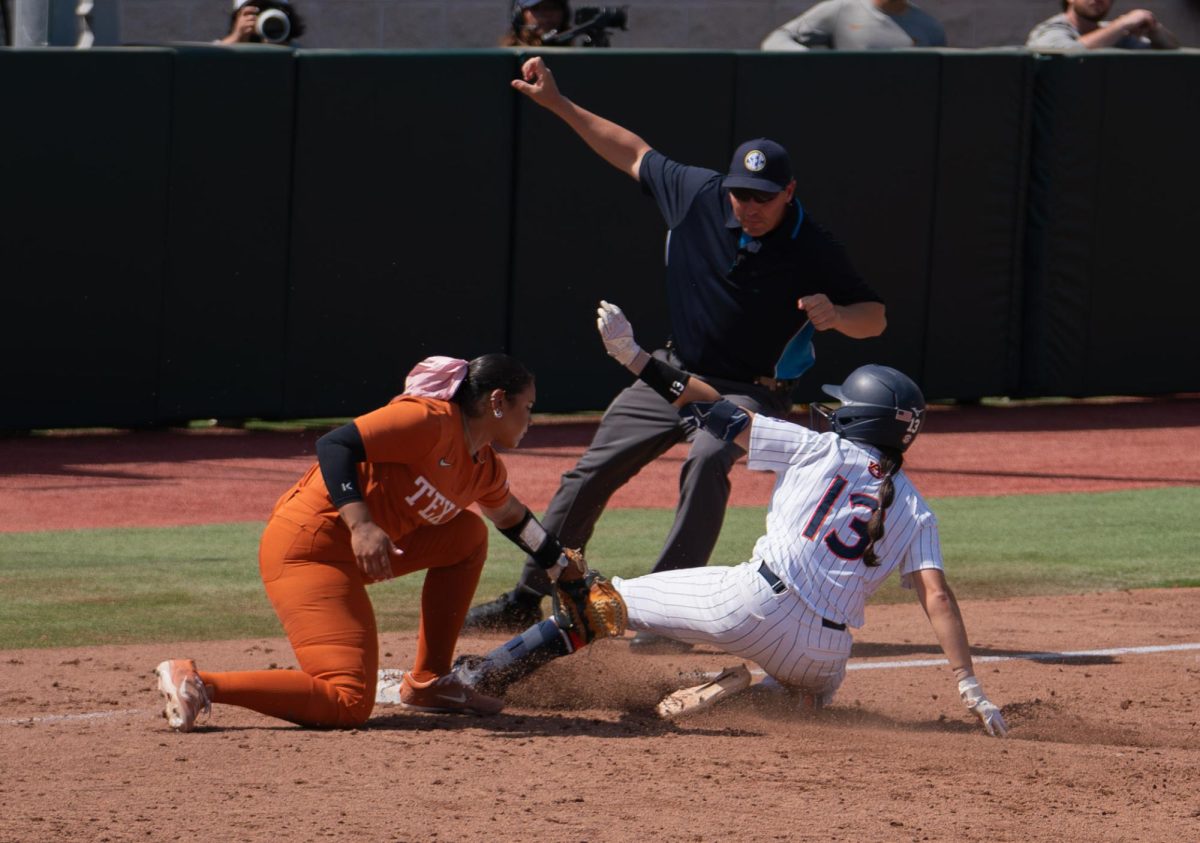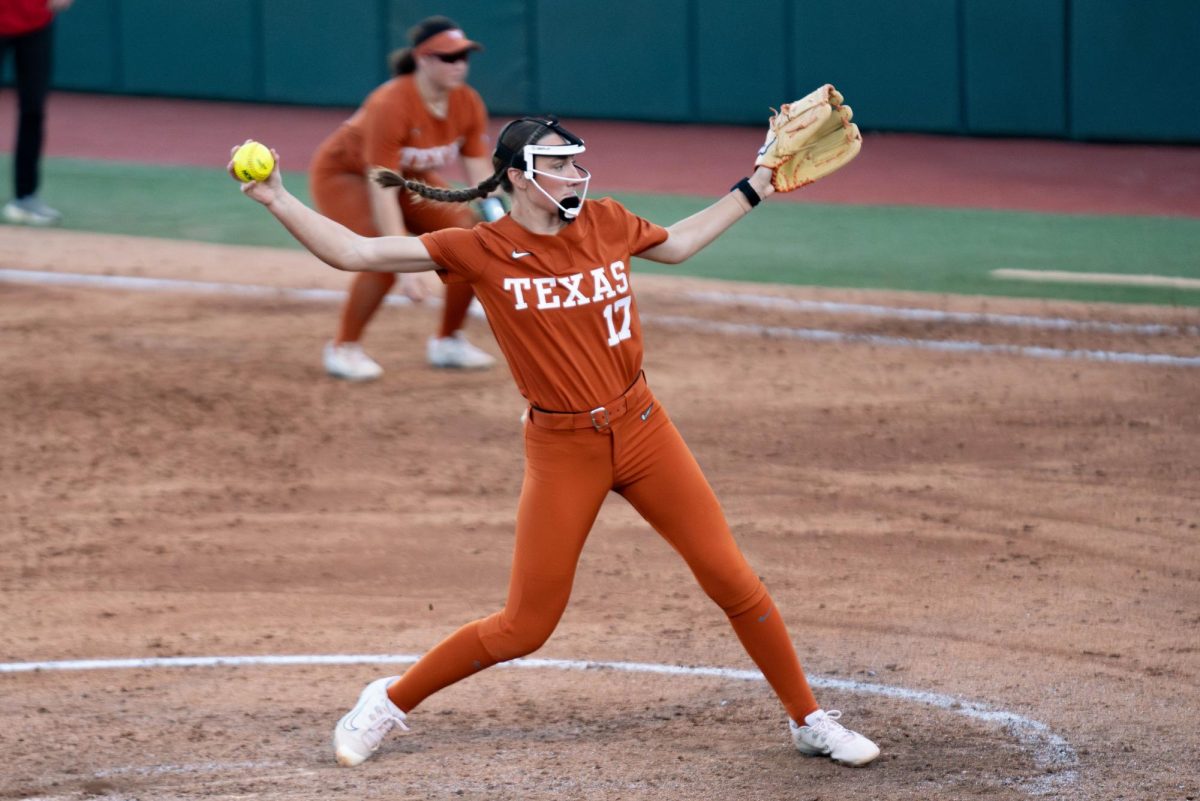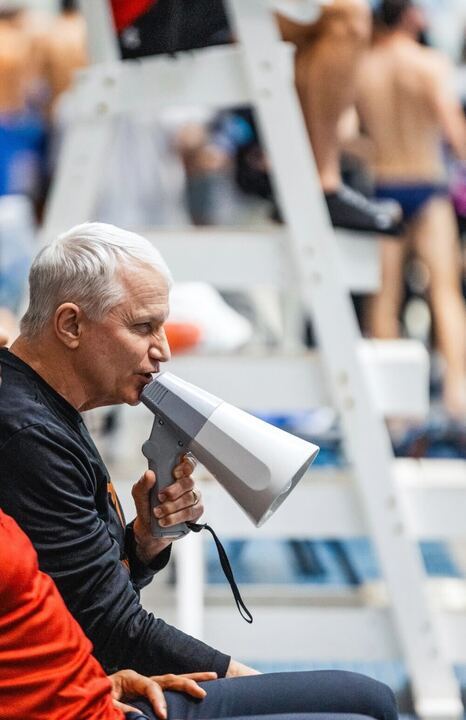There’s a growing debate in college basketball about what to do with so-called “one-and-done” players — those select few athletes who leave college after one season for a big payday in the NBA.
The Kentucky Wildcats won the NCAA Championship Monday night with a team loaded with “one-and-done” players, beating Kansas 67-59. UK freshmen Michael Kidd-Gilchrist, Anthony Davis and Marcus Teague will likely be first-round picks in June’s NBA Draft.
Some argue it’s a problem that degrades the quality of play in the NCAA. Others believe it’s unethical to prohibit young men from pursuing a professional career.
The issue’s roots trace back to 2006: the year the NBA established a new age limit for the draft. Players who completed athletic eligibility at a U.S. high school could not declare for the draft unless they turned 19 years old in the same year as the draft and were at least one year removed from graduating high school.
This rule barred teenagers from bypassing college for the NBA. Since then, college coaches have recruited players that plan exclusively to play one year in the NCAA before going pro.
Texas coach Rick Barnes brought in four “one-and-done” players since the rule change, including Kevin Durant in 2006, Avery Bradley in 2009 and Tristan Thompson and Corey Joseph in 2010. All four were first-round picks.
This June, several college freshmen will hear their names called at the NBA Draft. It’s an issue that’s not going away.
And NCAA President Mark Emmert is not happy with it.
“I happen to dislike the one-and-done rule enormously and wish it didn’t exist,” said Emmert during a CBS broadcast on March 25. “I think it forces young men to go to college that have little or no interest in going to college.”
The NCAA makes millions of dollars in revenue each year from college basketball, so it’s no surprise Emmert wants to get free labor as long as possible (student-athletes aren’t paid).
NBA Commissioner David Stern responded on March 27 to Emmert’s comments.
“A college could always not have players who are one and done,” Stern told reporters. “They could actually require the players to go to classes. Or they could get the players to agree that they stay in school, and ask for the scholarship money back if they didn’t fulfill their promise. There’s all kinds of things that, if a bunch of people got together and really wanted to do it, instead of talk about it.”
Athletes can still bypass college and go to the NBA, though they still must wait one year from high school graduation. Milwaukee Bucks point guard Brandon Jennings played one season in Europe instead of college, then was a lottery pick in 2009.
Jennings is the exception to the rule.
Stern tried to avoid this clash years ago, but the NCAA didn’t play along.
“Years ago I said to the NCAA, I’ve got a great idea. We’ll insure a select group of basketball players. And that will make them more likely to stay in school, because they won’t feel the loss of a big contract,” Stern said. “We’ll designate a pool and those lucky enough to be drafted and make money will pay us back, and those that don’t, it’s our expense.
“The NCAA I think took it to a committee … and they said it will only work under our rules if we do that for all sports. And I said, I don’t think that’ll work.”
Kentucky is also the exception to the rule. Most teams loaded with talented freshman don’t get far in the NCAA Tournament.
So what’s the big deal? Money. The NCAA wants the best basketball players to play for them. For free.
Printed on Tuesday, April 3, 2012 as: Kentucky holds off Kansas to capture title

